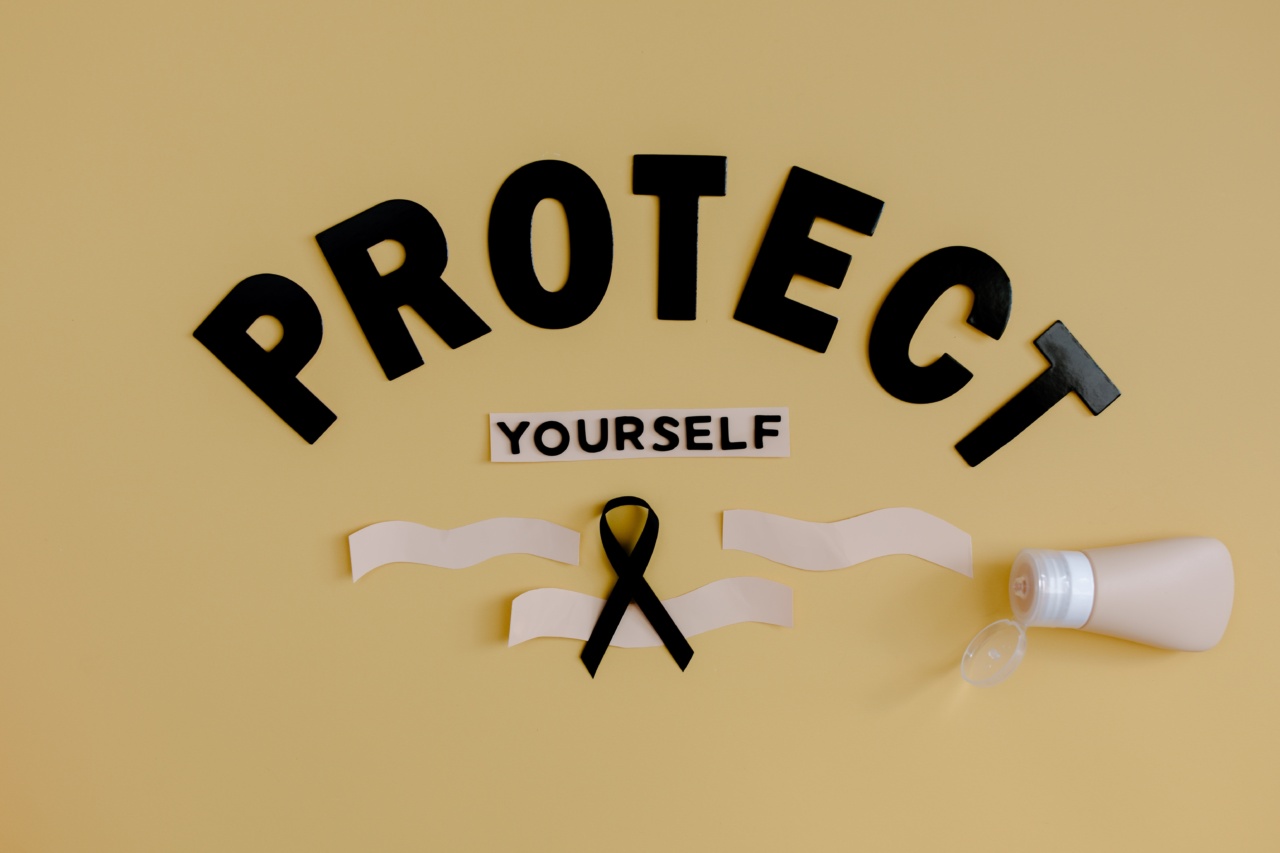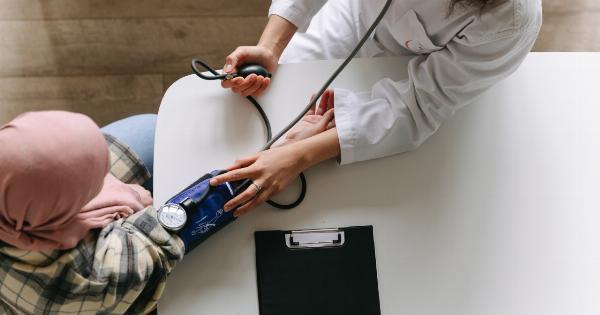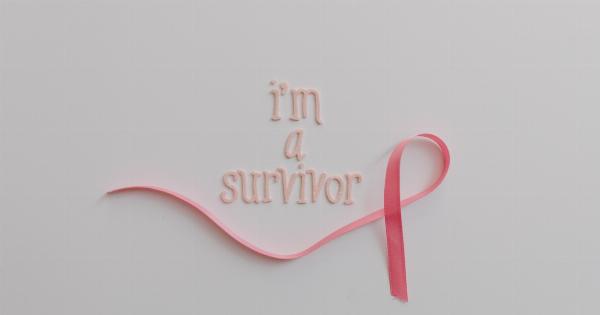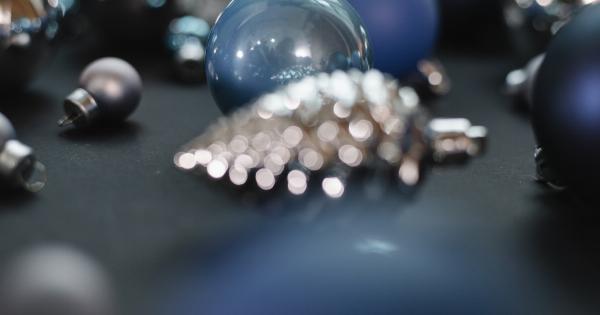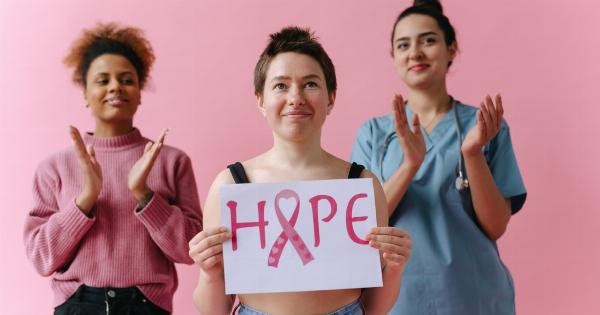One of the most common forms of cancer is skin cancer. It is a deadly disease that should be taken seriously.
Although it is recommended to get checked by a dermatologist at least once a year, performing a self-check can also be beneficial in catching any signs of skin cancer early. This article will guide you through the steps on how to perform a skin cancer self-check.
Step 1: Check your face
Start off by checking your face in the mirror. Check your nose, lips, mouth, and ears. Be sure to check inside your ears as well. Use a hand mirror to get a closer look at areas that are hard to see like the back of your neck.
Step 2: Check your scalp
Use a comb or hair dryer to check your scalp. Make sure to check all areas of your scalp, including the back of your head and behind your ears. If you notice anything unusual, such as a mole or dark spot, take note of it.
Step 3: Check your arms and hands
Check both sides of your arms, including your underarms. Make sure to check the tops of your hands and in-between your fingers. Don’t forget to check your nails as well. If you notice any unusual growth, be sure to make a note of it.
Step 4: Check your torso
Check your chest and stomach using a mirror. Women should lift their breasts to check the skin underneath. Men should check the skin on their chest and stomach, including their nipples.
If you notice any unusual growth or change in skin color, take note of it.
Step 5: Check your back
Use a hand mirror to check your back. Check between your shoulder blades, and the lower back. Ask a friend or family member to help if needed. Again, if you notice anything unusual such as a new mole or changes in the skin, make a note of it.
Step 6: Check your legs and feet
Check both sides of your legs, including your thighs, shins, and calf muscles. Make sure to check the skin on the tops and bottoms of your feet, and in-between your toes. Don’t forget to check your toenails as well.
If you notice anything unusual, make a note of it.
Step 7: Schedule an appointment with a dermatologist
If you notice anything unusual during your skin cancer self-check, be sure to schedule an appointment with a dermatologist. A dermatologist will be able to determine whether or not the growth is cancerous and provide treatment options if necessary.
Remember, early detection is key.
Conclusion
Performing a skin cancer self-check is a quick and easy way to detect any signs of skin cancer. By following the steps outlined in this article, you can take control of your health and catch any growth early.
Remember, if you notice anything unusual, schedule an appointment with a dermatologist as soon as possible.
